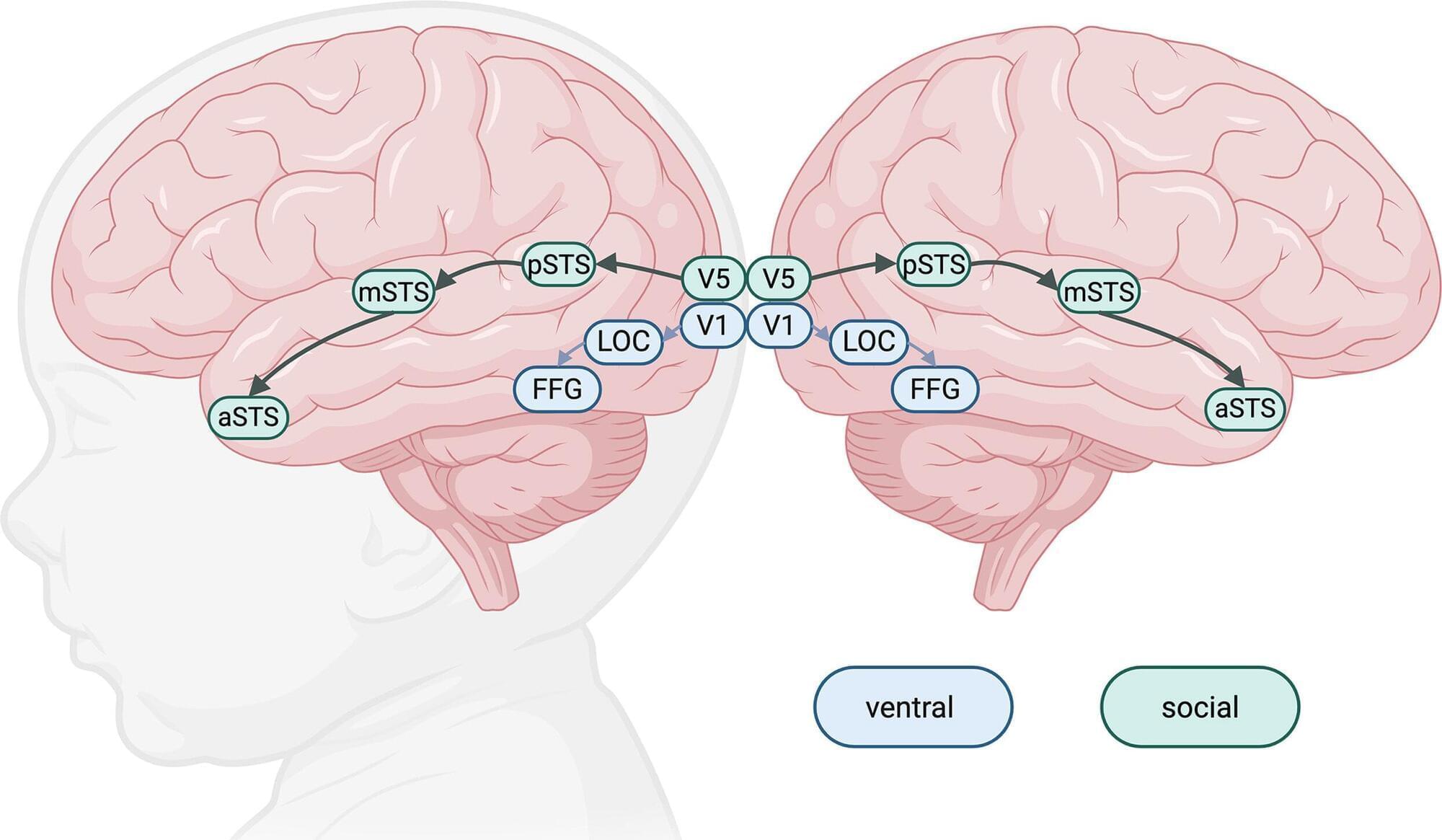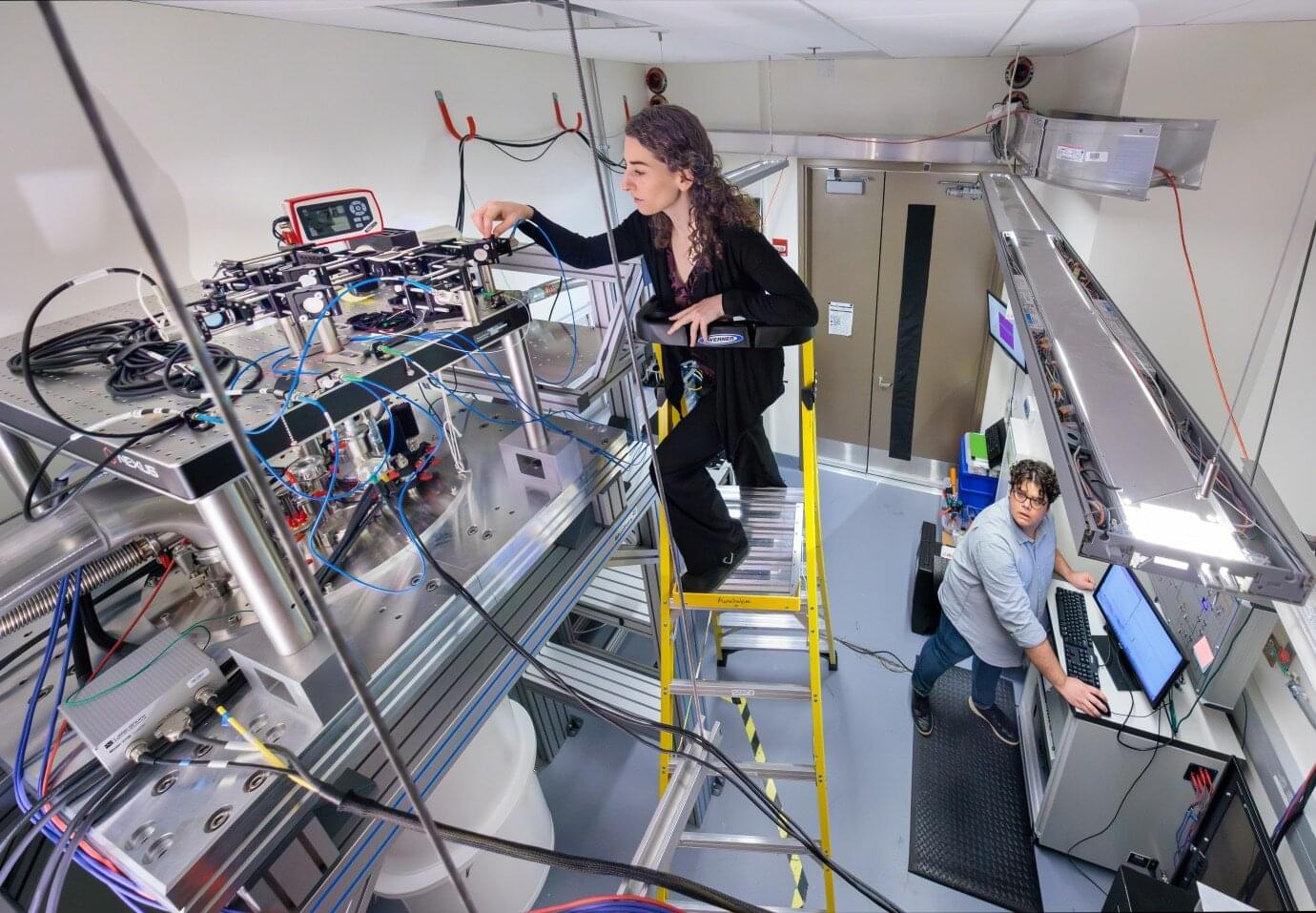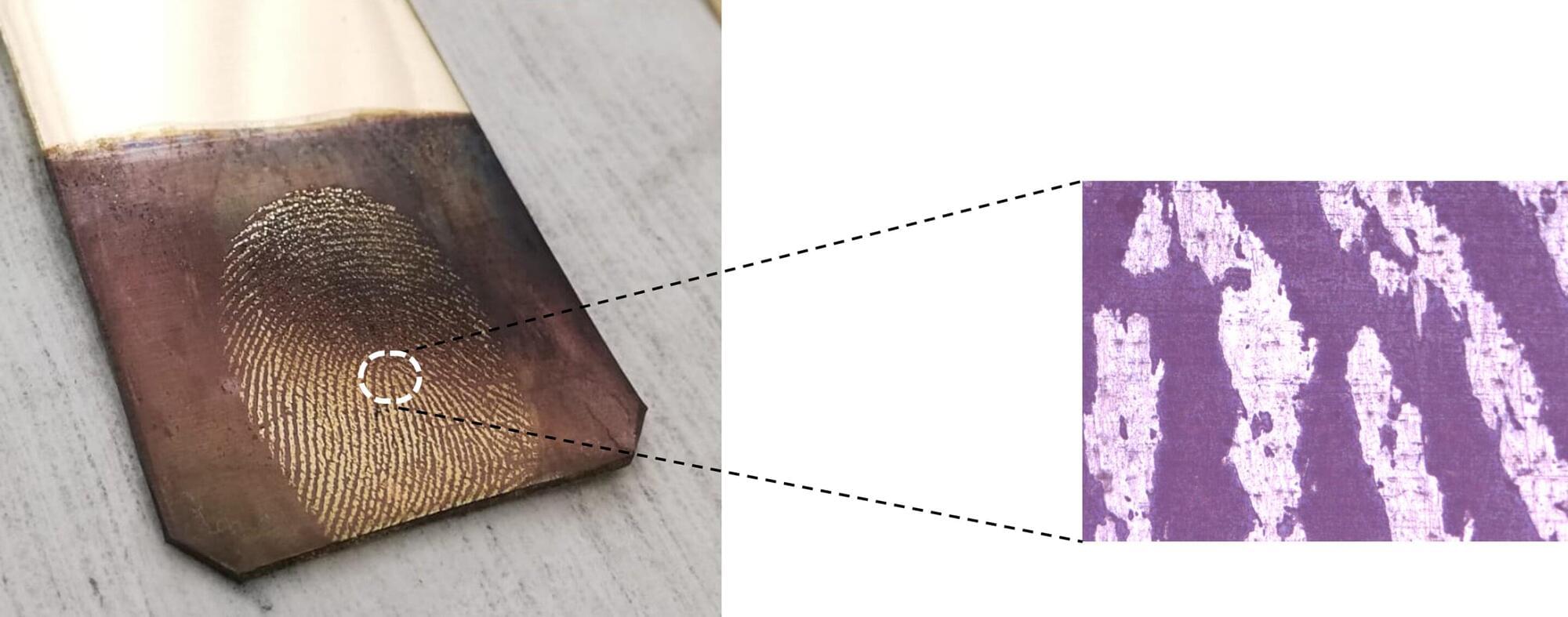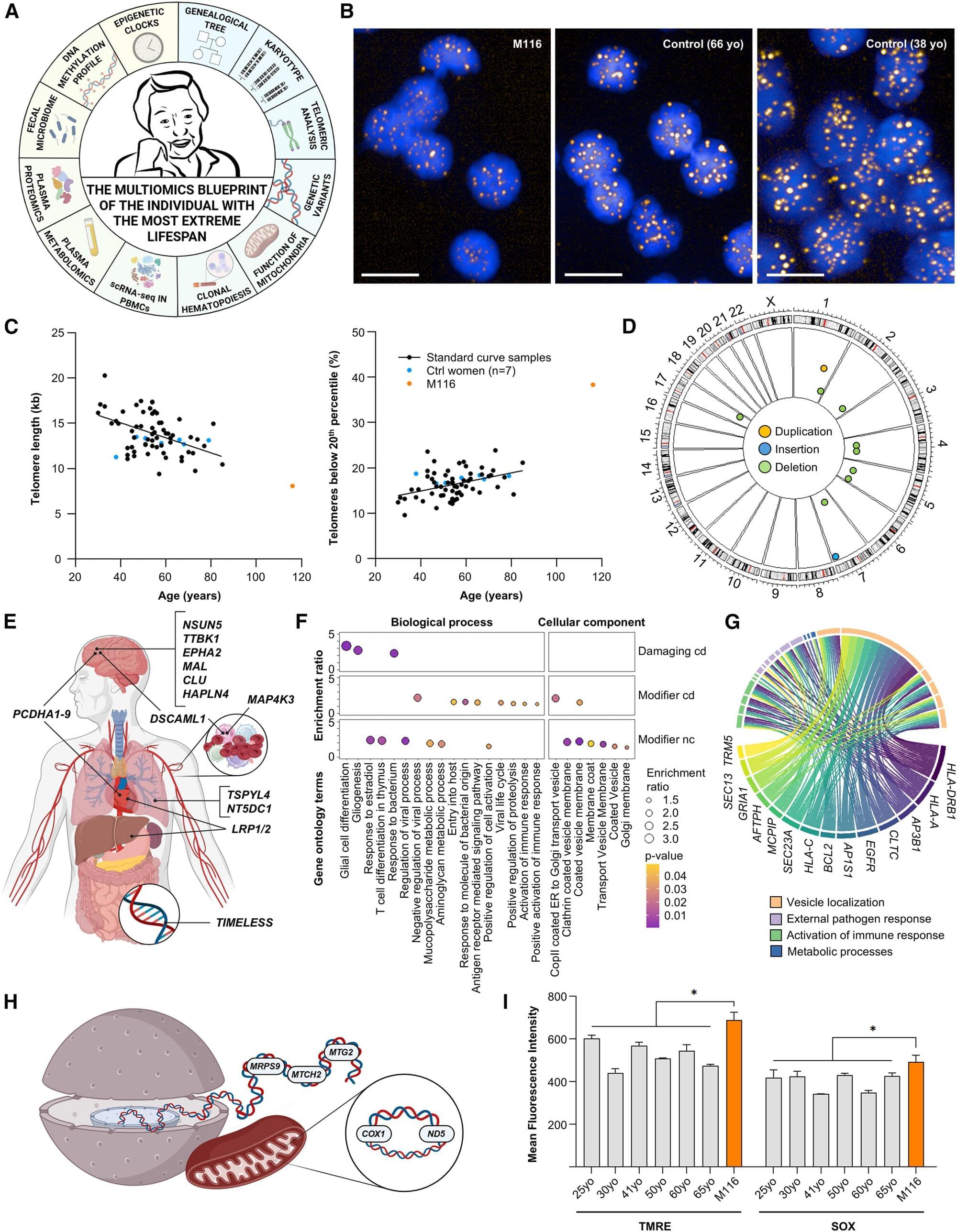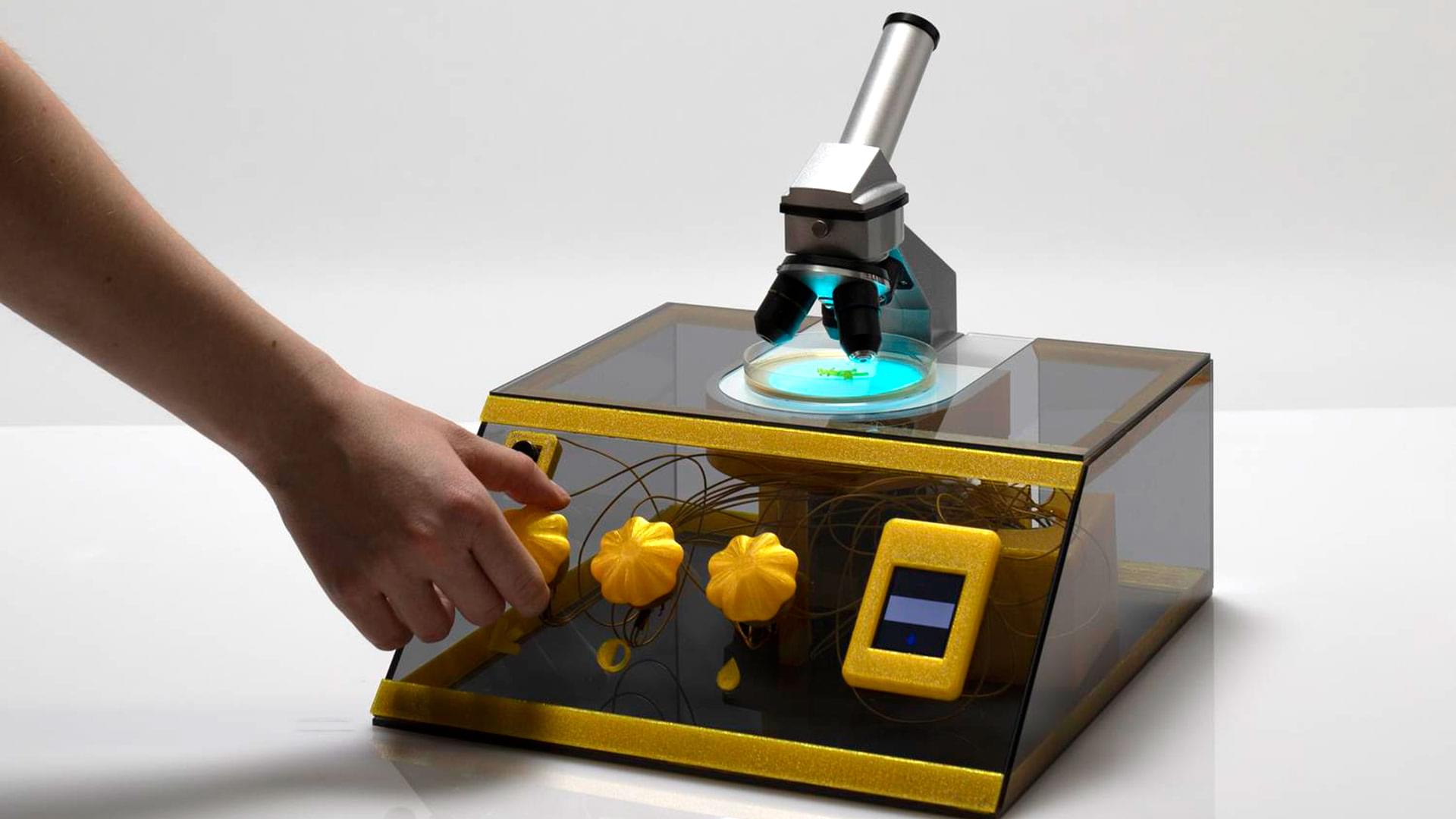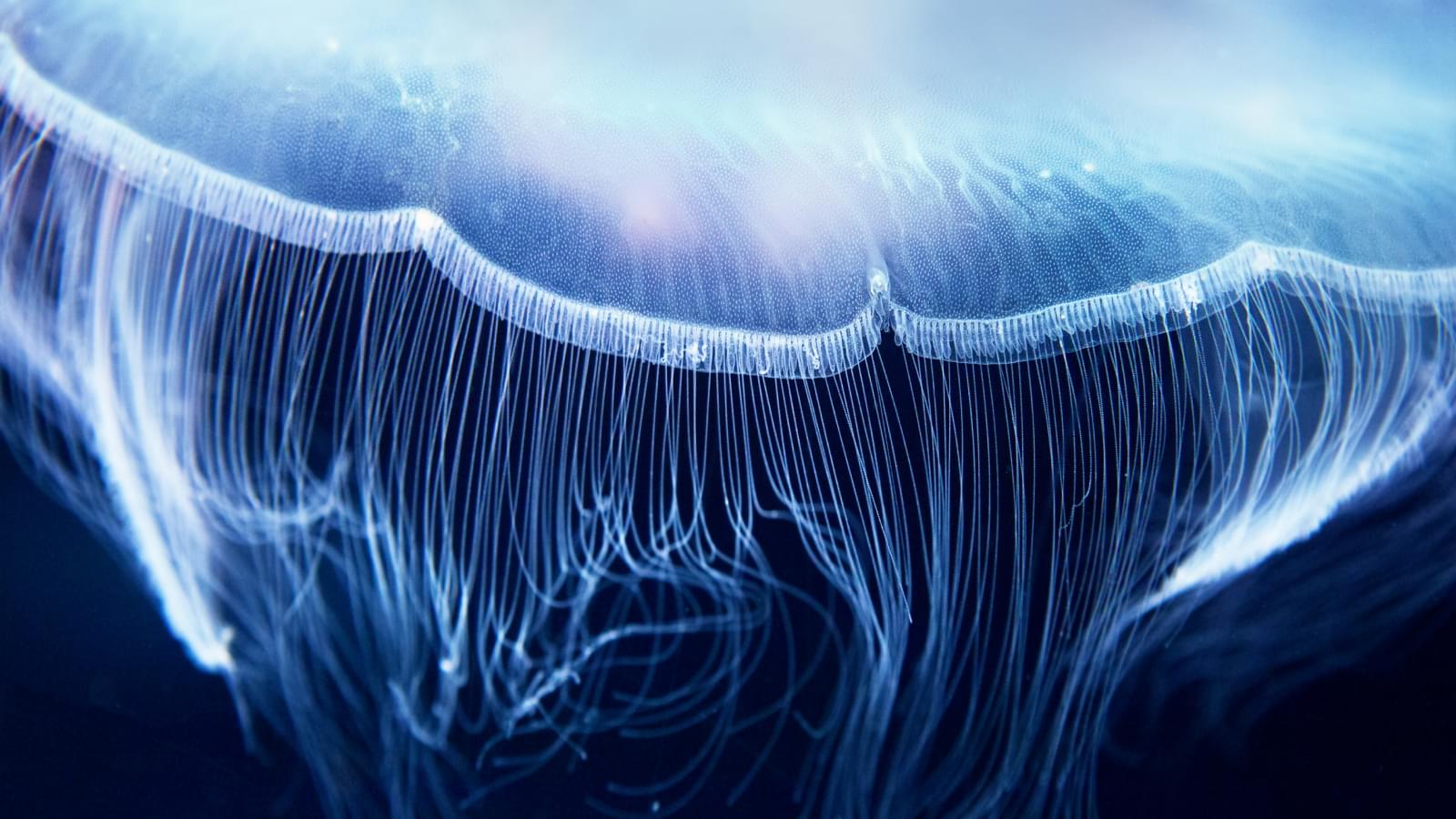A team of scientists from the University of Chicago, the University of California Berkeley, Argonne National Laboratory, and Lawrence Berkeley National Laboratory has developed molecular qubits that bridge the gap between light and magnetism—and operate at the same frequencies as telecommunications technology. The advance, published today in Science, establishes a promising new building block for scalable quantum technologies that can integrate seamlessly with existing fiber-optic networks.
Because the new molecular qubits can interact at telecom-band frequencies, the work points toward future quantum networks—sometimes called the “quantum internet.” Such networks could enable ultra-secure communication channels, connect quantum computers across long distances, and distribute quantum sensors with unprecedented precision.
Molecular qubits could also serve as highly sensitive quantum sensors; their tiny size and chemical flexibility mean they could be embedded in unusual environments—such as biological systems —to measure magnetic fields, temperature, or pressure at the nanoscale. And because they are compatible with silicon photonics, these molecules could be integrated directly into chips, paving the way for compact quantum devices that could be used for computing, communication, or sensing.
